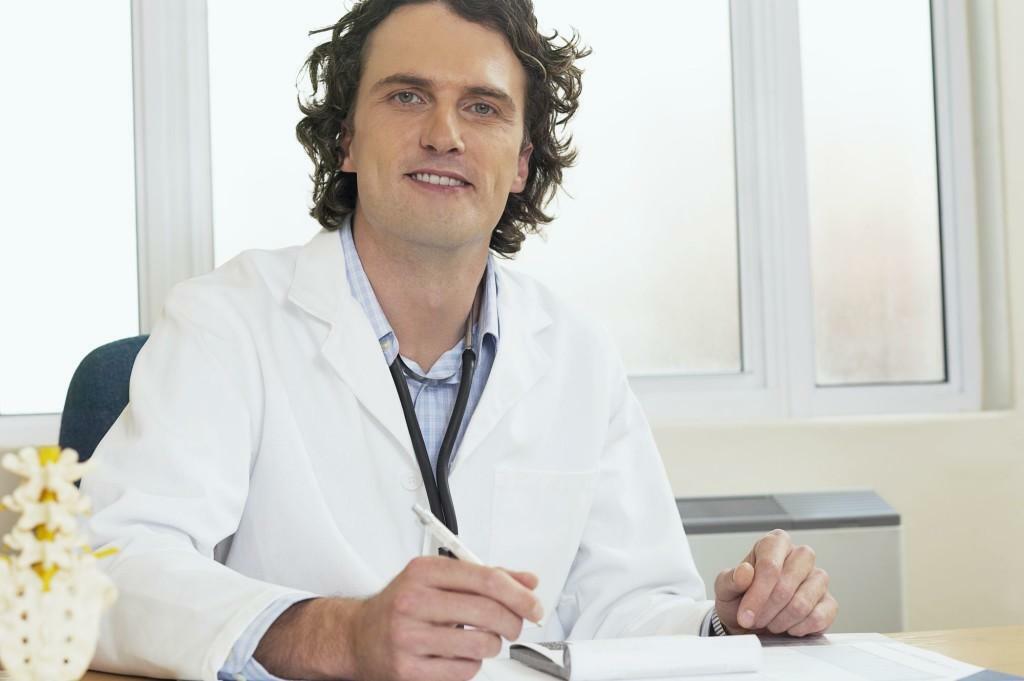Dermatomycoses are fungal diseases. They are the most common and highly contagious infectious processes. Among all the pathological processes of the skin, they are 42%, i.е.almost half.
Every fifth person in the world had at least one episode of dermatomycosis.
Part of the dermatomycosis develops when infected with dermatophytes - mold fungi of the three main genera:
- Epidermophytons - Epidermophyton;
- Microspores - Microsporum;
- Trichophytons - Trichophyton.
Such an introduction about dermatoxicosis here is not in vain - after all, ringworm belongs to "their gang". .. see the photo in the symptoms section.
Contents
- 1 Ringworm - what is it?
- 1.1 Ringworm incubation period and development of
- 2 disease Symptoms of ringworm, photo
- 3 Treatment of ringworm in humans, drugs
- 3.1 Forecast
Ringworm - what is it?
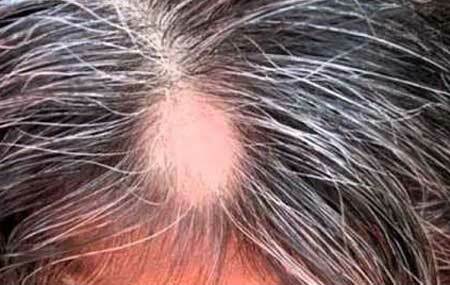
photo of one of the manifestations of ringworm in a person
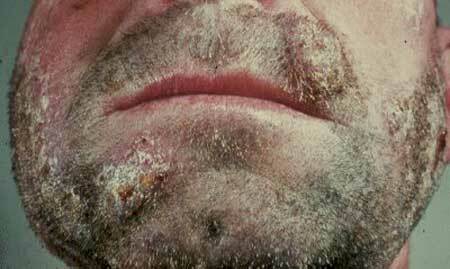
ringworm on the face photo
Ringworm is a concept that generalizes the two types of dermatophyte of the scalp that arise from infection with trichophytons and microspores: superficial trichophytosis and microsporia.
This association was due to similar outwardly lesions on the head, which looked like the areas on which the hair was cut( the "shearing").However, by the type of pathogen, the ways of infection and some other factors of , these diseases differ .
1) Ringworm caused by infection with trichophytons
In this case, ringworm occurs when two types of trichophytons are infected: Tr.violaceum and Tr.crateritome( tonsurans).These species are anthropophilic, that is, they affect only the person, therefore, when trichophytosis ringworm is transmitted only between people .In animals these species do not parasitize and do not cause the development of dermatophytosis.
Infection with trichophytons occurs:
- Directly from a person who has a superficial or chronic form of the disease;
- Indirectly, through personal items: combs, towels, hats, gloves, clothes, underwear. Probably transmission of infection through carpets, books, notebooks. This is because scraped scales and fallen hair are long able to keep the pathogen in an active( infectious) form.
Infection can occur in schools, boarding schools, kindergartens, hairdressing salons and sports halls. But most often there is an intrafamily way of infection when children get a fungus from adults who suffer from the chronic form of this infection.
In 80% of cases, chronic trichophytosis is observed in women. The most dangerous in terms of transmission of infection are patients with fresh manifestations of lichen, tk.these fungi show special infectiousness( contagiousness).
2) Ringworm, as a manifestation of the microsporia , is caused by infection with one of two kinds of mushroom-microspores:
- M. ferrugineum, which is anthropophilic, that is, lives on human skin and is transmitted only between humans. It is called a "rusty" microsporium. It is characterized by high infectiousness. In the European part, this type of fungus rarely becomes the cause of the disease, but in Asia, Japan, the countries of Indochina, it occurs very often;
- M. Canis( lanosum) is a zoophilic species of microsporium that parasitizes on the skin of animals, mostly cats, less often dogs. It is called a "fluffy" or "feline" microsporium. The primary entry of a microorganism to a person comes from a sick animal, further transfer of this kind of fungus between people is possible in 2% of cases. This species is the most common cause of the emergence of microsporia in humans - in a year 100,000 new cases are recorded in Russia and European countries.
Almost always infection with microsporia occurs when contact with a sick animal, as well as with things that have scaly skin, animal hair with spores of the fungus: pillows, blankets, carpets, sofas, clothes.
People can pass the pathogen to each other through combs, scarves, hats and other things that come into contact with the hair and skin of the patient.
Incubation period of ringworm and development of
disease. The incubation period of ringworm( this time that passes from the moment of infection to the clinical manifestations of the disease) with trichophytosis is from 7 to 15 days, with microsporia from 5 to 10 days.
During this period, the person is the most dangerous, sincenobody knows that he is infected( there is no characteristic symptomatology).
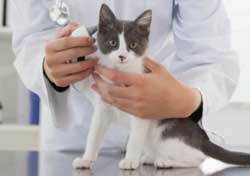 Penetration of fungi into the skin is due to the fact that all dermatophytes are able to produce special enzymes with keratolytic properties. This means that these chemicals destroy keratin, as well as collagen and elastin - the most important components of the skin barrier.
Penetration of fungi into the skin is due to the fact that all dermatophytes are able to produce special enzymes with keratolytic properties. This means that these chemicals destroy keratin, as well as collagen and elastin - the most important components of the skin barrier.
This facilitates the introduction of the fungus into the skin and the subsequent development of its colonies. The second mechanism that allows fungi to spread in the skin is their ability to form hyphae.
These tentacle formations are capable of directed growth - they act on the joints between the cells, pushing them apart and sprouting between them.
In children, the initial insufficient compactness of the epidermis and low density of keratin are observed. Thanks to the abilities of dermatophytes, penetration of the baby's skin into the fungus's flora is not difficult.
- Therefore, children are so sensitive to ringworm and are the overwhelming majority of patients with this form of dermatomycosis. Especially often these types of mycoses are observed in preschool children and younger schoolchildren, and microspores can occur even in infants.
According to some information, the previously considered possible passage of the fungus through all layers of the skin and its further spread through the body through the blood, is not confirmed by modern research. As a rule, on the way microorganisms get different layers and structures of the skin, which they can not bypass, and the dermatophyte infection does not go beyond the layer of dead cells.
Deep dissemination of mycosis occurs in the event of loss of normal protective functions by the skin, which occurs in severe diseases of the immune system, for example, in HIV infection.
The development of any type of ringworm contributes to the overall weakening of the body and immune system, intoxication, the presence of diseases of other organs, as well as the presence of endocrine disorders.
The chemical composition of sweat, which can be particularly aggressive, also affects the protective barrier of the skin.
According to recent data, the transition of microsporia in adults to a chronic form often occurs with SLE( systemic lupus erythematosus), chronic glomerulonephritis, chronic candidiasis, AIDS.
Symptoms of Ringworm, Photo
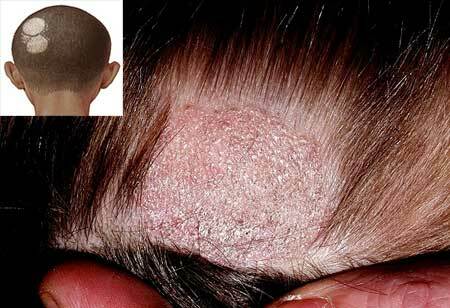
Photo of Ringworm Symptoms
In ringworm, symptoms depend on the type of pathogen in a person.
1. Manifestations of trichophytosis are referred to as "black dots":
- Many small foci, no larger than 2 cm. They merge into large foci in a severe process;
- The shape of the foci is round and oval;
- The boundaries are clear;
- Hair breaks at the level of the skin, have a length of 1-3 mm and are visible at the mouth of the follicle in the form of a twisted "hemp" or black dot;
- No signs of inflammation, i.e.there is no redness, swelling, pain and local hyperthermia( foci to the touch are not hot);
- The location of the foci throughout the head.
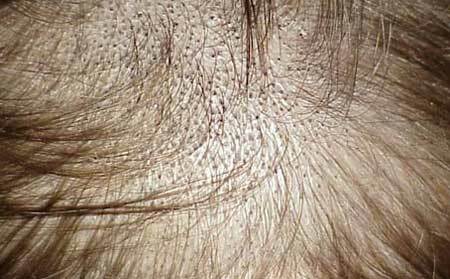
2. Ringworm in humans in the initial stage of microsporia is characterized by the appearance of foci of lesions called "lichen gray spots":
- More often one or two large 3-5 cm, sometimes several more small foci, 0.3-1 cm in size;
- The shape is round or oval;
- The boundaries are clear;
- Hair is broken off and protrudes over the surface of the skin 6-8 mm, dim, gray;
- Hair fragments densely covered with gray-white scales in the form of a mushroom spore cover;
- The location of the foci more often along the edge of hair growth, on the border with smooth skin;
- There is a lesion of eyelashes, eyebrows, skin of eyelids;
- Inflammatory changes in the skin are rare, although in recent years, such manifestations began to be recorded much more often, leading to a belated diagnosis due to the atypical nature of the clinical picture. These include redness of the skin, swelling, pus discharge from under the crusts.
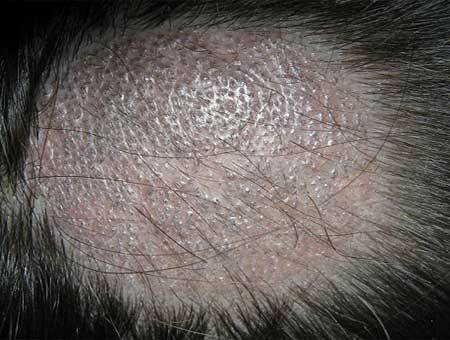
Visual diagnosis of ringworm complements laboratory microscopic examination of hair. Detection of mycelial fungus is a sufficient basis for diagnosis and treatment.
In the case of trichophytosis large fungal spores are located directly inside the hair in the form of chains, this type of infection is called endotrick infection.
In microsporia, ectotrich infection occurs - spores are mosaic around the hair from the outside, they are small and create a peculiar cover( "Adamson cover").
The pathogen of microsporia can be detected with the help of express diagnostics: when the hair is illuminated with a luminescent lamp of Wood, the microsporiums have a green glow.
Treatment of ringworm in humans, drugs
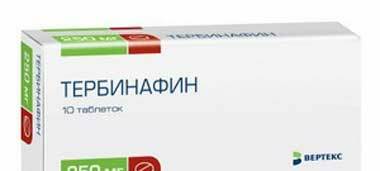 If symptoms similar to ringworm are revealed, treatment should preferably be performed in a special "mycotic" room or in a general dermatological department.
If symptoms similar to ringworm are revealed, treatment should preferably be performed in a special "mycotic" room or in a general dermatological department.
The use of only topical treatment for most forms of hair dermatophyte has very low effectiveness.
To treat ringworm in humans effectively became possible only after the invention, the so-called "systemic" antifungal drugs used inside. Until then, ringworm meant prolonged isolation of the baby to avoid the spread of fungal infections, and in the treatment the main method was to maximize the removal of infected hair, which led to a significant cosmetic defect, especially in girls.
Currently, specific drugs that only act on dermatophytes, such as terbinafine and griseofulvin, are used to treat dermatophytosis. According to some literature data, griseofulvin is more often used in Russia for the treatment of dermatophytosis of the scalp.
It is also possible to use other antifungal agents such as ketoconazole, imidazole, fluconazole, which have a wider range of effects and destroy not only dermatophytes.
The treatment of trichophytosis and microsporia is generally identical and consists of the use of a complex of medicines and special measures:
- Systemic antimycotic preparation:
- Griseofulvin inside by adding the preparation in a teaspoon of vegetable oil, 3 times a day. This method is continued until a negative laboratory analysis is obtained. Then take 2 r / d 2 weeks, the next 14 days the drug is taken every other day;
- Alternative drugs( no effect, allergies, contraindications): terbinafrin once a day for 3-4 months;introconazole( Orungal) once a day, 4-6 weeks, sometimes prescribed pulse therapy( short course at a high dose);fluconazole once a day, 4-6 weeks.
- Hair shaving every 5-7 days.
- Daily shampooing of the head with Nizoral, Friederm-tab, soap Betadin.
- In the morning they lubricate the head with 2% alcohol tincture of iodine, in the evening they apply 10% sulfuric-3% salicylic ointment.
- Apply antifungal ointments or creams that need to be carefully rubbed into the scalp 1-2 times a day for 4-6 weeks: isoconazole, bifonazole, ketoconazole, clotrimazole, cyclopyrox. With trichophytosis, pre-treat the head with 10-20% dimexide solution.
- When using eyelashes, antimycotics are used inside, eyelashes epilate, 1% aqueous solutions of zelenium or methylene blue are applied to the edge of the century, followed by treatment with antifungal creams.
- At the stage of recovery, preventive powders are applied: "Aspercept", "Batrafen", "Iodoform".
Treatment is administered once every 3 days. For this purpose, a laboratory test is performed or the head is illuminated with a fluorescent lamp( with microsporia).
Blood test and urine tests are performed every 10 days. Upon recovery the patient is removed from the clinic after 1.5-2 months, i.e.after regrowth of healthy hair.
Forecast
Thanks to the use of modern drugs, the forecast is favorable.
The manifestations of dermatophytosis are not always noticeable and can resemble dandruff, so adequate diagnosis and effective treatment can be long absent, which leads to the spread of fungus among people.
Without treatment or with spontaneous cure during puberty, surface trichophytosis can effect a transition to a chronic form.
There is a "smoldering" infection for years, which can later become the cause of family trichophyte transmission from mothers or grandmothers - to children.

